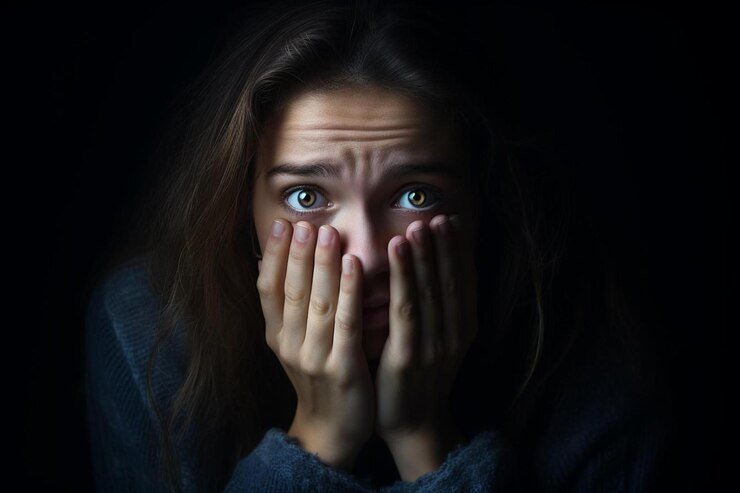A phobia is described as being a state of fear or worry about a certain object, place, living thing or activity. This is different from what a person might normally experience as being scared or anxious.
Phobias are classified as mental disorders that can disrupt a person’s daily life. These are treatable and people of all ages and genders can be diagnosed with it. We will discuss below some common types of phobias that exist.
WHAT ARE THE DIFFERENT TYPES OF PHOBIAS?
Some of the most common phobias diagnosed are:
Arachnophobia
Fear of spiders
Cynophobia
Fear of dogs
Entomophobia
Fear of insects
Ophidiophobia
Fear of snakes
Acrophobia
Fear of heights
Agoraphobia
Fear of public spaces
Aquaphobia
Fear of water
Astraphobia
Fear of thunder and lightning
Hemophobia
Fear of blood
Trypanophobia
Fear of needles
Aerophobia
Fear of flying
Amaxophobia
Fear of driving
Claustrophobia
Fear of enclosed spaces
Nyctophobia
Fear of the dark
Coulrophobia
Fear of clowns
Pyrophobia
Fear of fire
Agoraphobia
Agoraphobia is recognized as a separate diagnosis because it can be caused by several potential triggers. A diagnosis of agoraphobia is done if a person has had different triggers. These are all linked to being in public areas or open spaces.
WHAT ARE THE SYMPTOMS OF PHOBIAS?
Cleveland Clinic states that phobias can cause physical, mental and behavioral symptoms
Mental Symptoms
These involve how you think and feel. Symptoms include:
- Extreme or overwhelming fear
- Being in a state of panic or
- Thinking that you are in danger
- Feelings disconnected from your own body (depersonalization) or disconnected from your surroundings (derealization).
Physical Symptoms
These involve changes that affect your body. Symptoms include:
- Changes in heart rate and activity changes
- Feeling hot or having chills
- Trembling or shaking in fear
- Feeling nauseous or having an upset stomach or ache
- Experiencing pain or tightness in your chest
- Having difficulty breathing
- Feeling lightheaded or even in some cases, fainting
Behavioral Symptoms
These include acting in a certain way that impacts your routine, habits or overall lifestyle.
- Going to lengths to avoid triggers
- Purposely changing your routine to avoid triggers
- Ignoring changes in your daily life, specifically positive changes, due to your triggers


